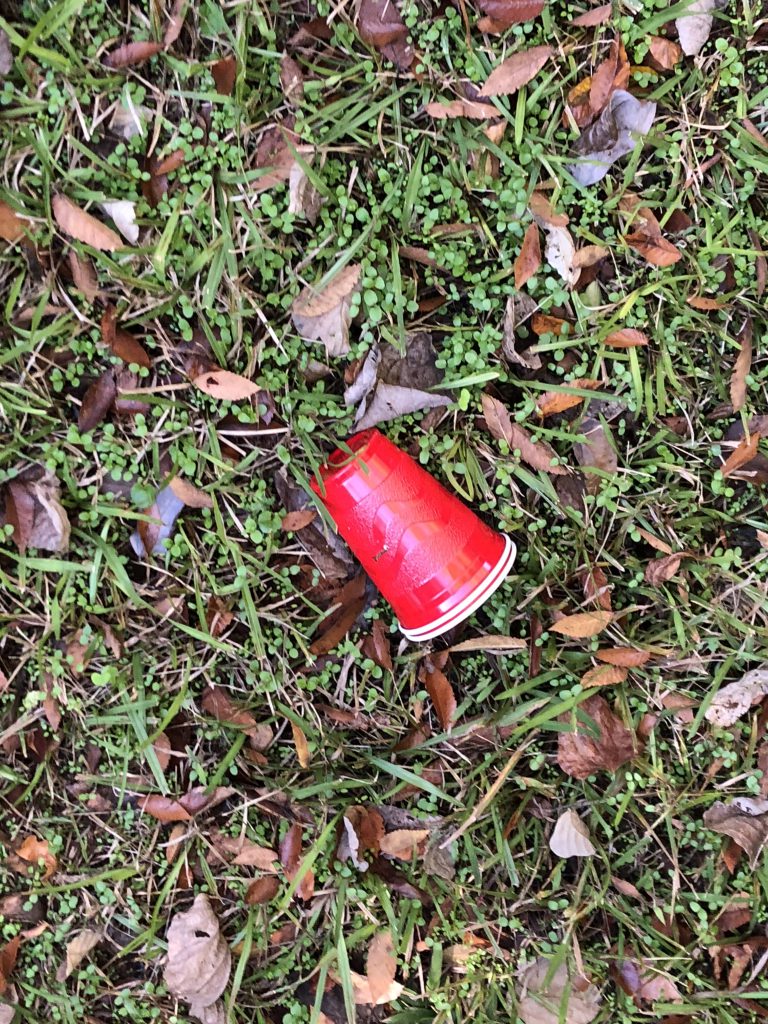Nico Fontova
Hard work and talent are two central components to athletic performance. It is crucial for a world-class athlete to be laser-focused committed to improvement, but hard work alone will not determine success. Whether we like it or not, talent—or genetics—influences athletics, but how exactly does it do it?
There are over 150 genes found to be associated with athletic performance, but most do not have a large enough or statistically significant effect. Two genes in particular play a larger role in athletic performance and building certain types of athletes: ACTN3 (on chromosome 11) and ACE (chromosome 17). The ACTN3 gene creates alpha-actin-3, a protein which is part of the composition of fast twitch muscle fiber.1 Fast twitch muscle fiber is one of two fibers in muscle. It can contract very quickly but also tires quickly and is key to our ability to sprint. Slow twitch fiber is the other; it contracts slowly but has much more endurance.1 The mutation impacting ACTN3 is a SNP (a change of one base to another in the DNA sequence) which changes an amino acid into a stop codon, halting or entirely stopping alpha-actin production. This mutation is shorthanded with an X (for the premature stop) and the normal version is written as an R (for arginine, the original amino acid). Homozygous individuals are RR or XX, while heterozygotes are RX. XX individuals completely lack production of the protein, and therefore much less fast twitch muscle fiber. The XX allele is common in endurance athletes, while the RR and RX alleles are more common in short distance sprinters. The ACE gene codes for a protein which primarily regulates blood pressure, but also influences muscle function in an unclear way. The mutation in this case is an insertion called ACE-I, which is prominent in endurance athletes. ACE-D is the allele without the insertion, and DD and ID athletes are more likely to be sprinters.1,3 These are the genes the influence athletic ability, and it is clear that being RR is more beneficial to sprinters, but is being an XX homozygote give you an advantage in endurance events? And if so, can people use genetic testing to determine their endurance ability?
Genetic testing for ACTN3 and ACE mutations could possibly be an indicator of your athleticism and could be used to identify future sprinting or endurance talent in young people. 23andMe tests for both genes, so a SNP Chip would be the recommended test, but using these tests as absolute evidence for endurance ability is risky.
- A University of Bristol study found the ACTN3 R allele to be associated with sprint performance in Europeans but did not find the X allele to improve endurance ability.4
- Another study found that only 20% of elite North American and European distance runners studied were XX homozygous, which is slightly higher than the control group at 17.5%.5
- There clearly is some benefit with the genes, however, as a Swedish study found that only three out of 46 Spanish distance runners tested had a perfect genotypic profile for endurance (including ACE-I and ACTN3-X), but they were among the best in the world.6
XX homozygotes seem to have a slight advantage in endurance events (in that they are the best of the best in the Swedish study), but it is not a large or possibly notable advantage. Testing for these genes is clearly helpful in determining muscle performance, but they cannot predict someone’s proficiency in a sport by themselves, which could be unethical if taken too far.
This trait does cross many ethical lines, except for possibly using the test to select children and train children from a young age for certain disciplines. Both ACE and ACTN3 are not the sole predictors of athletic performance, however, so making a child a distance runner because he is II or XX would be wrong; it is important for someone to do what they like and not necessarily what they would be genetically proficient in. Many other factors play into athletic ability including a healthy training environment and eagerness to improve, which may not be present if someone is being forced to train because of genetics. An X or I positive test would affect a sprinter more because they would have less fast twitch muscle fiber in their bodies than others and be at an actual and proven disadvantage. One could use testing to see if they would be good short distance athletes, but most people have the R alleles that account for sprinting ability (around 20%-100% of each studied ethnic group in SNPedia), suggesting that the test is really only useful in current sprinters to see if they are at a genetic disadvantage by being RX.2 This test can be used to measure athletic ability, but a VO2 Max test (a test of the max volume of oxygen the body can use under stress) would be much more useful in determining current athletic ability, while genetic testing could determine potential ability.
If you test positive for the I or X alleles, maybe you should try your hand in endurance running, or if you already run, feel reassured in your choice, but don’t sweat it too much (unless you plan on being a world class 100 meter runner) because plenty of elite distance runners are RR or RX, and athletic ability is about more than just two genes.5,6 In my opinion, parents should not test their children specifically for this gene or use the results to predict anything because there are many other factors contributing to athletic ability, and the evidence is not solid enough to prove that someone has talent for endurance event because of these genes. ACTN3 and ACE are indicators of how fast you can move, but they are not the whole story and certainly should not be treated as such.
References
- Is Athletic Performance Determined by Genetics?. U.S. National Library of Medicine Web Site. https://ghr.nlm.nih.gov/primer/traits/athleticperformance. Updated November 12, 2019. Accessed November 14, 2019.
- Rs1815739. SNPedia Web Site. https://www.snpedia.com/index.php/Rs1815739. Updated December 6, 2018. Accessed November 14, 2019.
- Rs1799752. SNPedia Web Site. https://www.snpedia.com/index.php/Rs1799752. Updated January 6, 2018. Accessed November 14, 2019.
- Alfred T, Ben-Shlomo Y, Cooper R, et al. ACTN3 genotype, athletic status, and life course physical capability: meta-analysis of the published literature and findings from nine studies. NCBI, 2011; Abstract. https://www.ncbi.nlm.nih.gov/pubmed/21542061?dopt=Abstract. Accessed November 14, 2019.
- Döring FE, Onur S, Geisen U, et al. ACTN3 R577X and other polymorphisms are not associated with elite endurance athlete status in the Genathlete study. NCBI, 2010; Abstract. https://www.ncbi.nlm.nih.gov/pubmed/20845221?dopt=Abstract. Accessed November 14, 2019.
- Ruiz JR, Gómez-Gallego F, Santiago C, et al. Is there an optimum endurance polygenic profile? NCBI, 2009; Abstract. https://www.ncbi.nlm.nih.gov/pubmed/19237423?dopt=Abstract. Accessed November 14, 2019.



